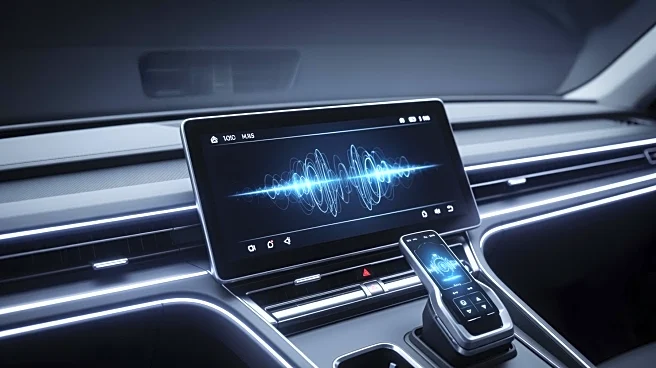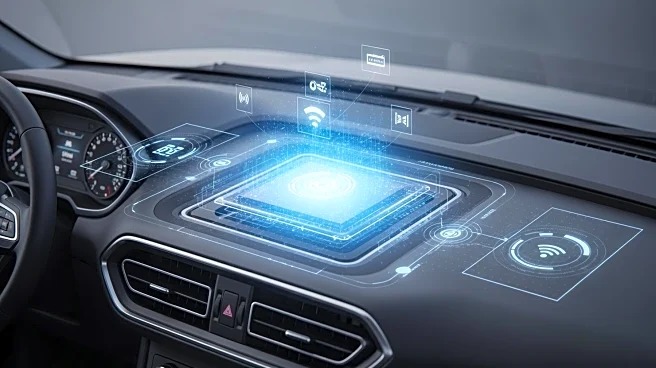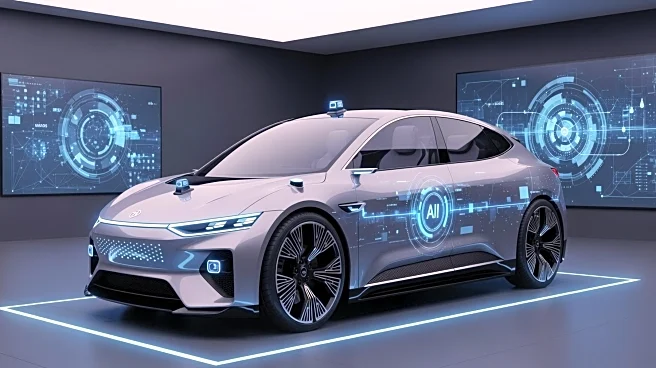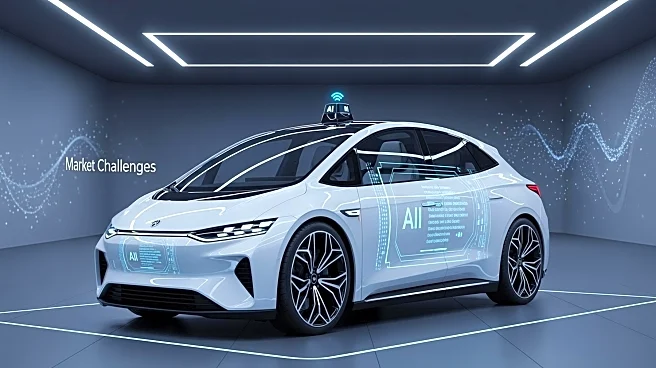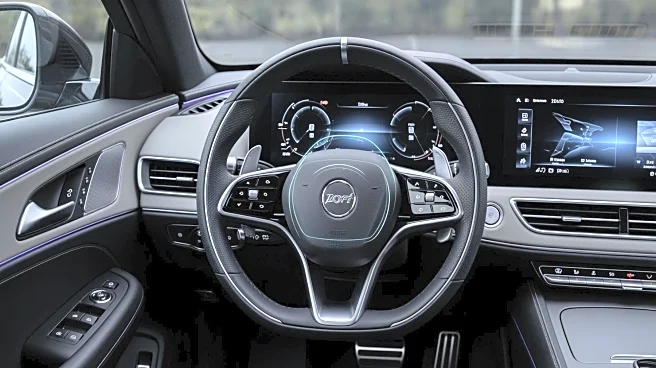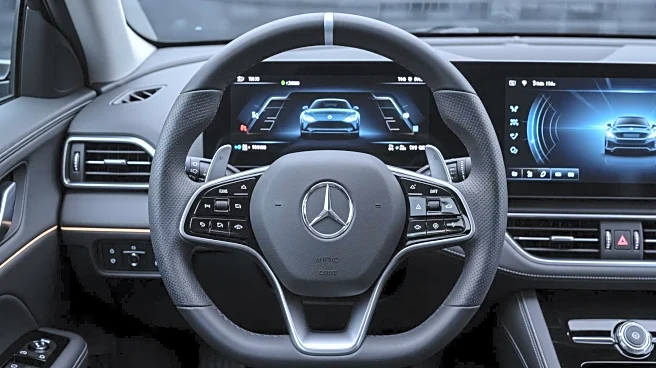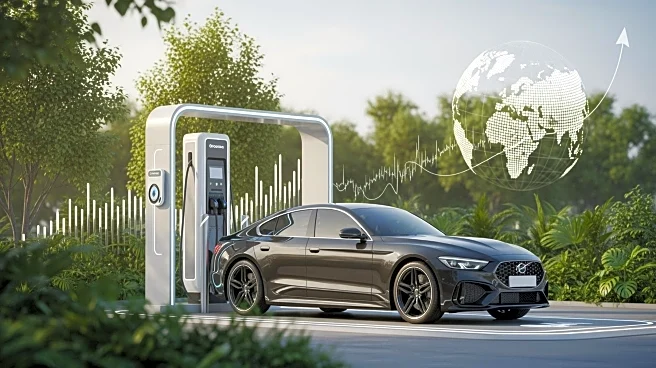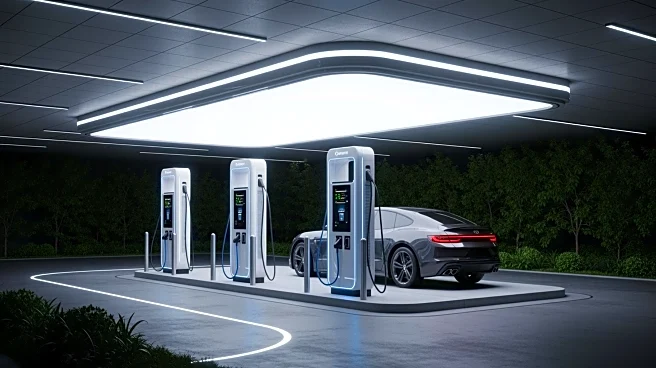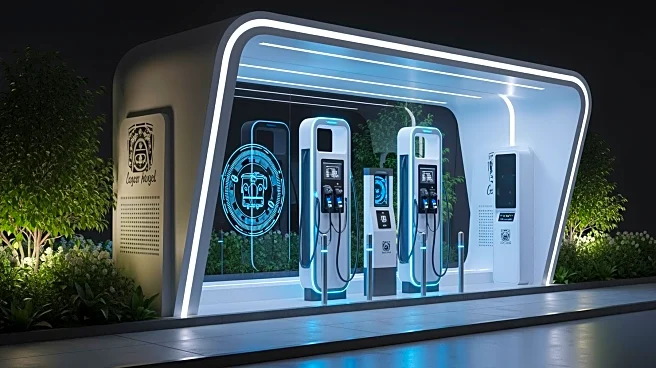What's Happening?
General Motors (GM) has announced the launch of a centralized computing platform and next-generation electrical architecture for its vehicles, set to debut with the Cadillac Escalade IQ in 2028. This new
system consolidates numerous electronic control units into a unified computing core, which coordinates vehicle subsystems in real-time. The design aims to simplify vehicle architecture, improve reliability, and enable faster software updates. GM's platform is propulsion agnostic, supporting both electric and internal combustion vehicles, and builds on the Vehicle Intelligence Platform introduced in 2020. The system features a liquid-cooled central compute unit powered by next-generation processors like Nvidia Thor, connecting to three aggregators that serve as hubs for the vehicle's different zones. This setup allows for real-time safety updates and continuous connectivity, enhancing the vehicle's responsiveness and integration of future technologies.
Why It's Important?
The introduction of GM's next-generation computing system represents a significant advancement in automotive technology, potentially setting new standards for vehicle connectivity and software integration. By consolidating control units and enabling over-the-air updates, GM enhances the flexibility and scalability of its vehicle systems, which could lead to faster deployment of new features and improved cybersecurity measures. This development is crucial for maintaining competitiveness in the automotive industry, particularly against rivals like Tesla, known for its advanced vehicle systems. The platform's ability to support both electric and internal combustion vehicles also positions GM to adapt to shifting market demands and regulatory pressures towards electrification.
What's Next?
GM plans to implement this centralized computing platform across its vehicle portfolio, starting with the Cadillac Escalade IQ in 2028. As the system rolls out, GM is likely to focus on refining its software capabilities and expanding the range of features available through over-the-air updates. The company may also explore partnerships with technology firms to enhance the platform's AI computing power and infotainment performance. Stakeholders, including consumers and industry analysts, will be watching closely to see how GM's new architecture impacts vehicle performance and customer satisfaction.
Beyond the Headlines
The shift towards centralized computing in vehicles could have broader implications for the automotive industry, including changes in manufacturing processes and supplier relationships. By isolating vehicle-specific components from the software layer, GM can more easily swap suppliers or upgrade parts without rewriting core code, potentially leading to more competitive pricing and innovation. Additionally, the enhanced connectivity and real-time responsiveness of GM's platform may pave the way for advancements in autonomous driving technologies, influencing regulatory discussions and consumer perceptions of self-driving vehicles.
